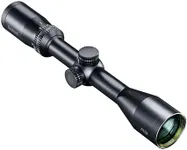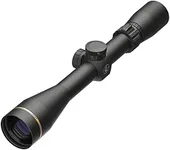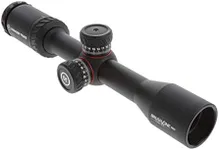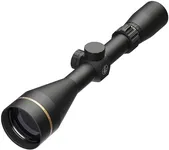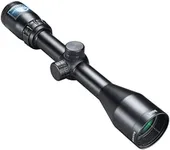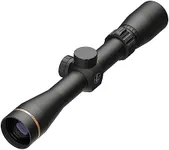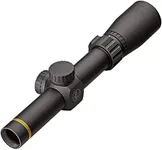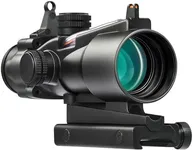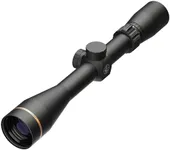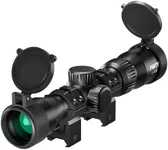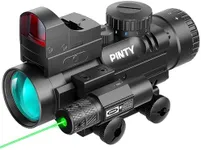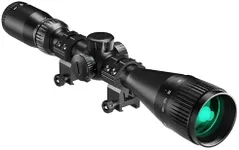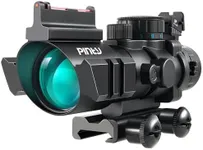Buying Guide for the Best Rimfire Scopes
Choosing the right rimfire scope can significantly enhance your shooting experience, whether you're target shooting, hunting, or plinking. The right scope will help you see your target more clearly, aim more accurately, and ultimately improve your overall performance. To make an informed decision, it's important to understand the key specifications of rimfire scopes and how they relate to your specific needs and preferences.MagnificationMagnification refers to how much closer the target appears through the scope compared to the naked eye. This is important because it determines how well you can see and aim at your target. Scopes typically have fixed or variable magnification. Fixed magnification scopes are simpler and often more durable, while variable magnification scopes offer more flexibility. For general plinking and short-range shooting, a lower magnification (1-4x) is sufficient. For target shooting or hunting at longer distances, higher magnification (5-9x or more) may be necessary. Choose based on the typical distance you will be shooting.
Objective Lens DiameterThe objective lens diameter is the size of the front lens of the scope, measured in millimeters. This spec is important because it affects the amount of light that enters the scope, impacting the brightness and clarity of the image. Larger objective lenses (40mm or more) allow more light, which is beneficial in low-light conditions but can make the scope heavier and bulkier. Smaller objective lenses (20-32mm) are lighter and more compact, suitable for daylight shooting and smaller rifles. Consider the lighting conditions and the weight you are comfortable with when choosing the objective lens diameter.
Reticle TypeThe reticle, or crosshair, is the aiming point you see when looking through the scope. Different reticle types serve different purposes. Simple duplex reticles are easy to use and suitable for general shooting. BDC (Bullet Drop Compensator) reticles help with long-range shooting by providing holdover points. Mil-dot reticles are useful for range estimation and windage adjustments. Choose a reticle type based on your shooting style and the complexity of adjustments you are comfortable with.
Parallax AdjustmentParallax adjustment allows you to correct the parallax error, which occurs when the target and the reticle are not on the same focal plane. This is important for maintaining accuracy, especially at longer distances. Scopes with adjustable parallax (often marked as AO for Adjustable Objective) are beneficial for precision shooting. For general plinking or short-range shooting, fixed parallax scopes are usually sufficient. Consider if you need the extra precision of adjustable parallax based on your shooting activities.
Eye ReliefEye relief is the distance between your eye and the scope at which you can see the full field of view. This is important for comfort and safety, especially with rifles that have significant recoil. Longer eye relief (3-4 inches or more) is better for high-recoil rifles and provides more flexibility in positioning your eye. Shorter eye relief (less than 3 inches) can be acceptable for low-recoil rimfire rifles. Choose eye relief based on the recoil of your rifle and your comfort level.
Durability and Weather ResistanceDurability and weather resistance are crucial for ensuring that your scope can withstand the conditions you will be using it in. Look for scopes that are waterproof, fog-proof, and shockproof. These features are important for maintaining performance in various weather conditions and ensuring the longevity of the scope. Consider the environments you will be shooting in and choose a scope that can handle those conditions.
